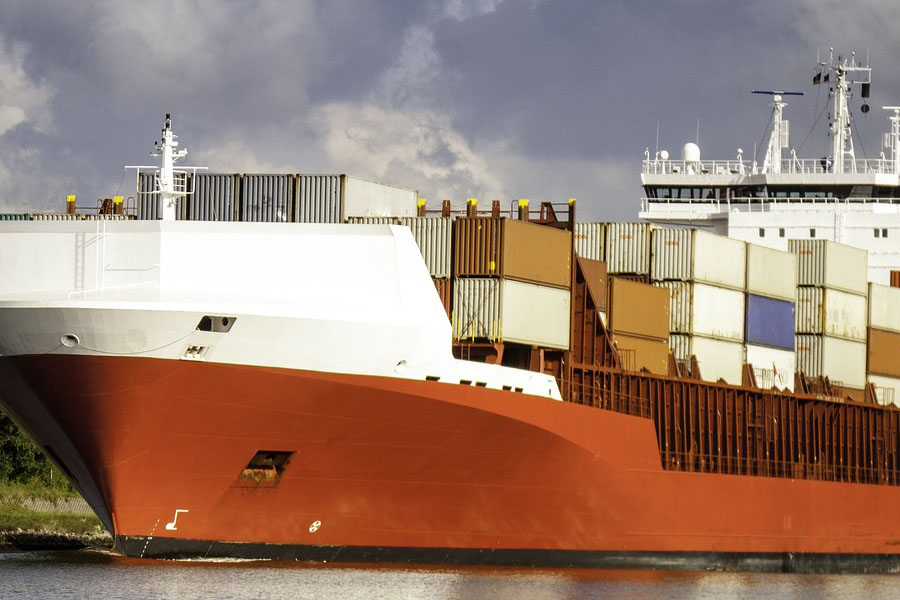
How to Choose Professional Tea輸出代理店Company?
When selecting an agency, focus on evaluating the following key factors:
- Industry Experience: Prioritize companies that have handled export cases for similar types of tea (such as black tea/green tea/Pu-erh tea).
- Qualification documents: Confirmed to hold AEO certification from customs and food import/export qualifications (registration numbers can be verified on the China Customs website).
- Service Network: Has customs clearance partners established in the target markets (e.g., EU, Middle East, Southeast Asia)
- Detection capability:The collaborative laboratory must be CNAS-accredited and capable of issuing test reports that comply with the standards of the importing country.
What essential qualifications are required for exporting tea?
Pursuant to the latest 2025 regulations, tea-exporting enterprises shall prepare:
- Food Business License (with tea included in the business scope)
- 食品を輸出するManufacturer Filing Certificate
- Certificate of Origin (select the applicable version under the Free Trade Agreement)
- Pesticide Residue Test Report (must comply with the MRL standards of the destination country)
- Sanitary Certificate (issued by Customs)
tea leaves輸出代理店What is the specific process?
The standard operating procedure consists of seven key steps:
- Contract Signing Stage
- Confirm貿易用語(Recommended: CIF or DDP)
- Agreed Quality Acceptance Criteria
- Stock-up phase
- Packaging materials comply with the requirements of the importing country (e.g., EU food-contact material regulations).
- Pre-inspect the samples to ensure compliance
- Customs Clearance Stage
- Logistics Phase
- Opt for constant-temperature containerized transport (especially for high-end tea)
- Purchase full-coverage cargo insurance for the entire journey
What items are included in the agency fee?
In 2025, the agency service fee typically consists of four components:
- Base agency fee: 1.5–3% of the cargo value (varies based on service scope)
- Miscellaneous customs clearance charges: Including commodity inspection fees, port construction fees, and other government-mandated charges.
- Logistics cost: Ocean/Air Freight and Destination Port Customs Clearance Charges
- Special Service Fee: Value-added services such as CO certificate agency and label review
What are the common risks in tea exports?
Special attention must be paid to the prevention and control of the following three types of risks:
- Quality risk
- The EU’s newly implemented pesticide residue standard, EU 2025/XX, has added 15 new testing indicators.
- Japan's Positive List System introduces new restrictions on tea polyphenol content
- Label Risk
- The U.S. FDA requires labeling of caffeine content and allergen information
- Middle Eastern countries require additional Arabic labeling
- Settlement risk
- It is recommended to adopt a payment method of 30% deposit plus 70% against a copy of the bill of lading.
- Mitigate exchange-rate volatility risks in emerging markets
By selecting an agency with the proper professional credentials and by taking early steps in quality control and document preparation, companies can significantly reduce export risks. It is recommended to require the agency to provideRisk Contingency Plan, clearly define the quality dispute resolution mechanism and force majeure clauses to ensure the smooth execution of tea export operations.


 カスタマーサービスWeChatをフォローしてください
カスタマーサービスWeChatをフォローしてください